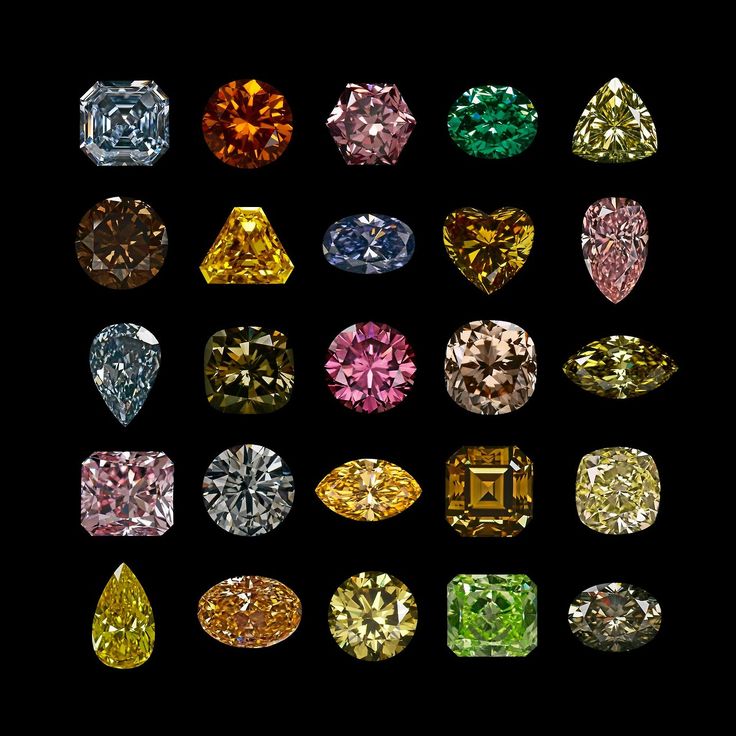Making an important purchase is often daunting and especially if it’s for somebody else. It is also made harder in the Diamond industry by the World Wide Web with so much information available some true and some not s. Colours, clarity, size, weight, triple x, fluoresence, table sizes, girdle thickness, GIA this and HRD that. Even with over 35 years of dealing with fine quality diamonds on a daily basis I am still learning my trade and fascinated about these solid forms of Carbon.
Most natural diamonds are about 2 billion years old and formed at depths of about 100 miles in the earths mantle. As the arrangement of the atoms is so rigid very few types of impurities can contaminate them. There are two exceptions and these are nitrogen and boron. These very rarely happen but when they do the colour of the diamond changes colour. When traces of boron appear the diamond turns to blue and when nitrogen is added the diamonds are formed in a yellow colour. Radiation exposure turns the diamond green, purple, pink, orange and red. The most valuable coloured diamonds are ones with an intense colour hue. I heard of a 1.00ct natural red diamond selling in the trade for $1m recently. Whilst colourless diamonds remain the most used for the jewellery industry and the most popular coloured diamonds can be bought a fantastic alternative and sometimes a similar price to colourless ones.
The natural colourless diamond has been the first choice for jewellery since time began due to its rarity and durability, On Mohs scale of hardness the diamond is the hardest by some way followed by Corundum which is what sapphires and rubies are made from. The specific gravity of a diamond is 3.52 and this is important to know when valuing or grading diamonds.
We specialise in making one off pieces of jewellery and special commissions for that special purchase.
We welcome all enquires to [email protected]
